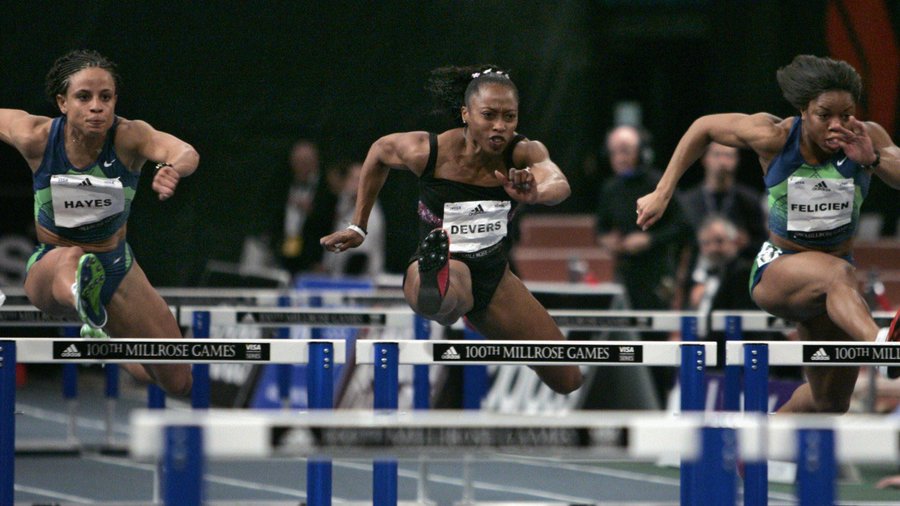

Consistency is the key to success for an athlete stepping into track and field to win Olympic medals. Legendary track athlete Yolanda Gail Devers’ life story resembles it. Who had thought that a person who liked staying home and reading books would turn into an Olympic champion? But, through rigorous training and unyielding persistence, she laid a strong foundation for her career. Gail embarked on a path that would shatter the spirits of most people.
Watch What’s Trending Now!
In 1990, just two years before clinching her first Olympic medal, she was diagnosed with Graves’s disease. After winning second consecutive gold in the 1996 Olympics, she made history and became the second woman to defend an Olympic 100m title. However, this hard battle turned out to be the life-changing moment of her legendary career. But how did all this start?
ADVERTISEMENT
Secret of track and field legend Gail Devers: Chase, push, and run
Gail’s initial journey was quite challenging, and how she became familiar with running was interesting and motivational. In a YouTube podcast with “Ready Set Go,” Gail said, “I have a brother and a god brother who beat me up and told me they were going to make me run.” Damm! Being younger, she wouldn’t resist them, so she had no option left other than to run. They make her run from home to the park and the next place. She was chasing her brothers, who were on bicycles. Imagining these seems very funny, but this is how tough athletes are made.
Adding to how they used to train her, she stated, “We live in these apartments, and the apartment, you know, how it has the little slide and the Little Ponies and stuff. They used to say, ‘Okay, go up the slide, run down the slide, jump over the little horses.'” Surprisingly, due to her love for books, she was about to quit running during high school even after such hard training. Her brothers were always pushing her and didn’t let her do that. Slowly, she started running cross country, which became the turning point for her career.
Top Stories
Prayers Pour In From Terrell Owens as 275lbs Former Cowboys Player Announces Major Health News
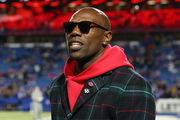
Dana White Cuts Former MMA Champ From the UFC, Again

NFL Make Final Punishment Decision on Controversial Patrick Mahomes Incident

Dan Campbell Loses Faith in Locker Room After Clearing Stance on NFL Officials’ Controversial Decision
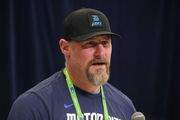
Footage Surfaces of Florida Police Arresting NASCAR Veteran Over Disturbing Public Misbehavior

Praise Pours In for Annika Sörenstam After Her Gesture Toward Matt Kuchar and Son Despite PNC Loss
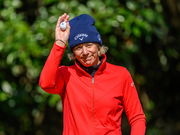
Most of you might be thinking—how was her first experience with being on a track? Having spent most of her time running on roads, she found the track with its unchanging surroundings daunting at first. Seeing it, she was like, “There’s no way I’m running two miles on this track.” She wanted something interesting and new to motivate her each time, so she decided to start with the 800-meter run. At just 15, she completed it in an impressive 2:08.
ADVERTISEMENT
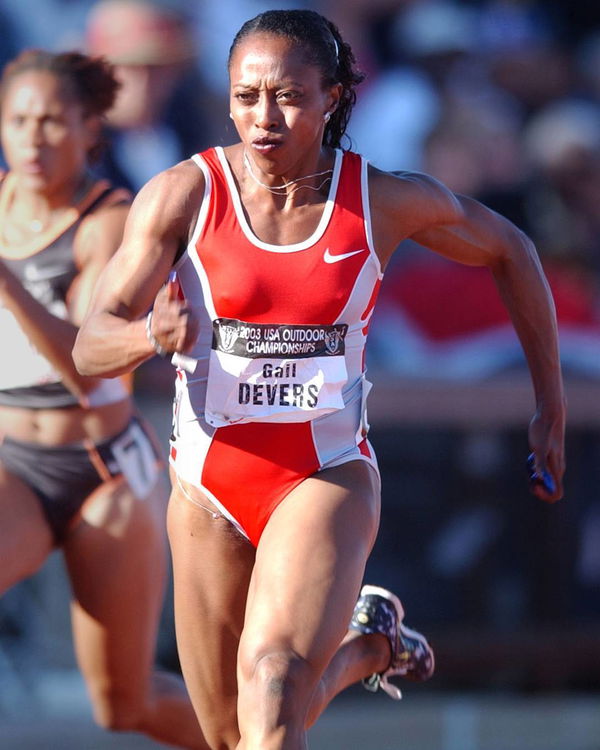
ADVERTISEMENT
Moving forward in her track and field career, Gail participated in sprints, 60 and 100-meter runs, and hurdles. But it wasn’t just her talent and hardcore training that made Gail a track and field legend; it was her relentless drive to overcome adversity.
ADVERTISEMENT
How Gail Devers’ health battles led to a legendary comeback
In 1988, Gail’s career was at stake when she didn’t make it to the finals. Earlier she had severe migraines and vision issues; later she shockingly lost 40 pounds, which affected her performance. Despite consulting several doctors, all of them mentioned the situation as stress or overtraining, but the reality was far more serious. In addition to these problems, she suffered from Thyroid Eye Disease (TED), a painful condition that caused bulging eyes and dryness, yet she continued to push through her training regimen.

ADVERTISEMENT
After enduring a long and exhausting search for answers, doctors diagnosed her with Graves’ disease, an autoimmune disorder that disrupts thyroid hormones. Hearing this news, she was devastated but was mentally strong all thanks to her early career hard training from her brothers. Her return to the sport culminated in a shining performance in the 1992 Olympics, where she became the Olympic champion for the first time.
Gails’ story illustrates the victory of one’s mind and how one overcomes challenges. Even at the age of 57, Gail is still running marathons, 10Ks, 5Ks, and more, showing the world that there are no limits when it comes to resilience.
ADVERTISEMENT
ADVERTISEMENT
ADVERTISEMENT
ADVERTISEMENT

